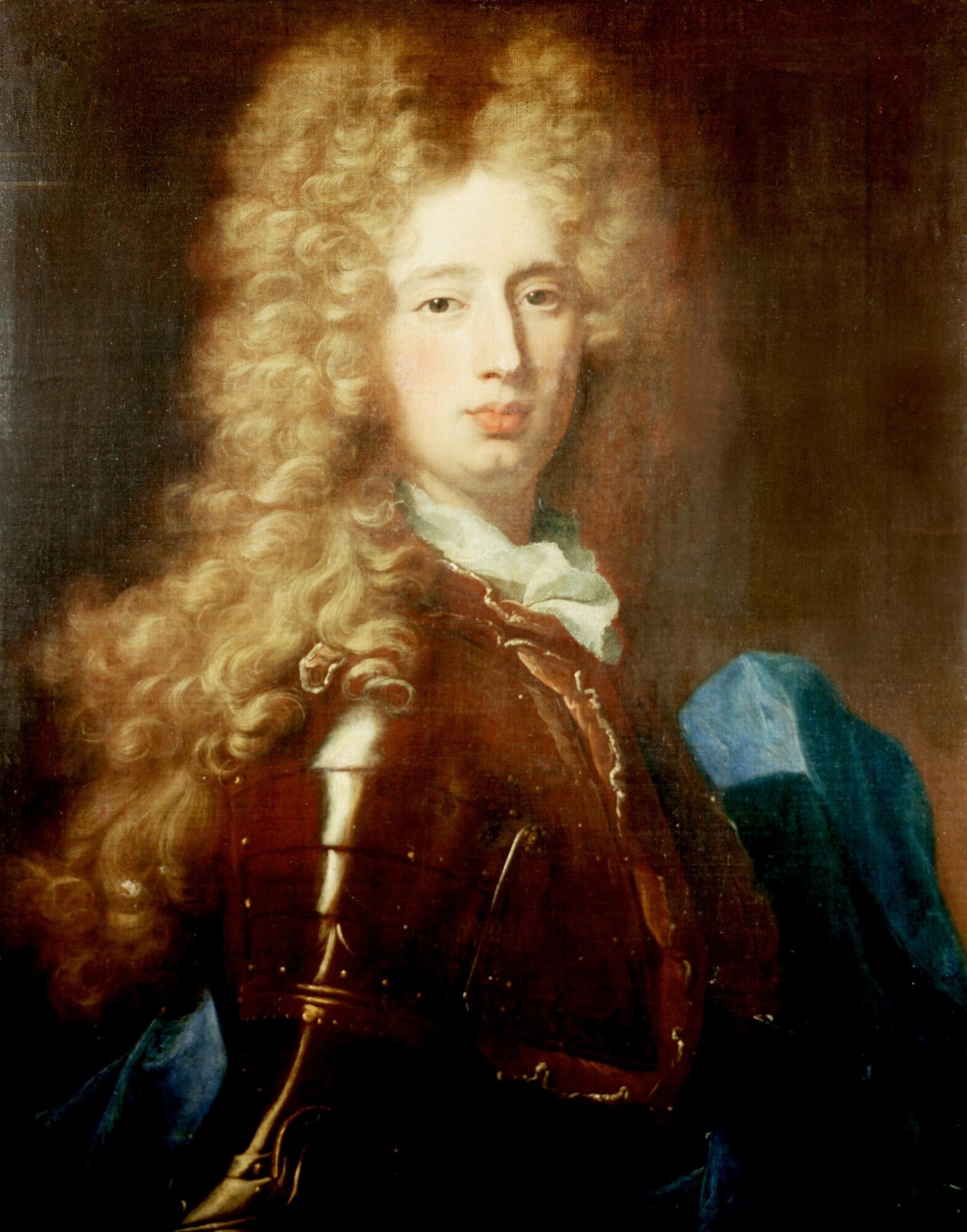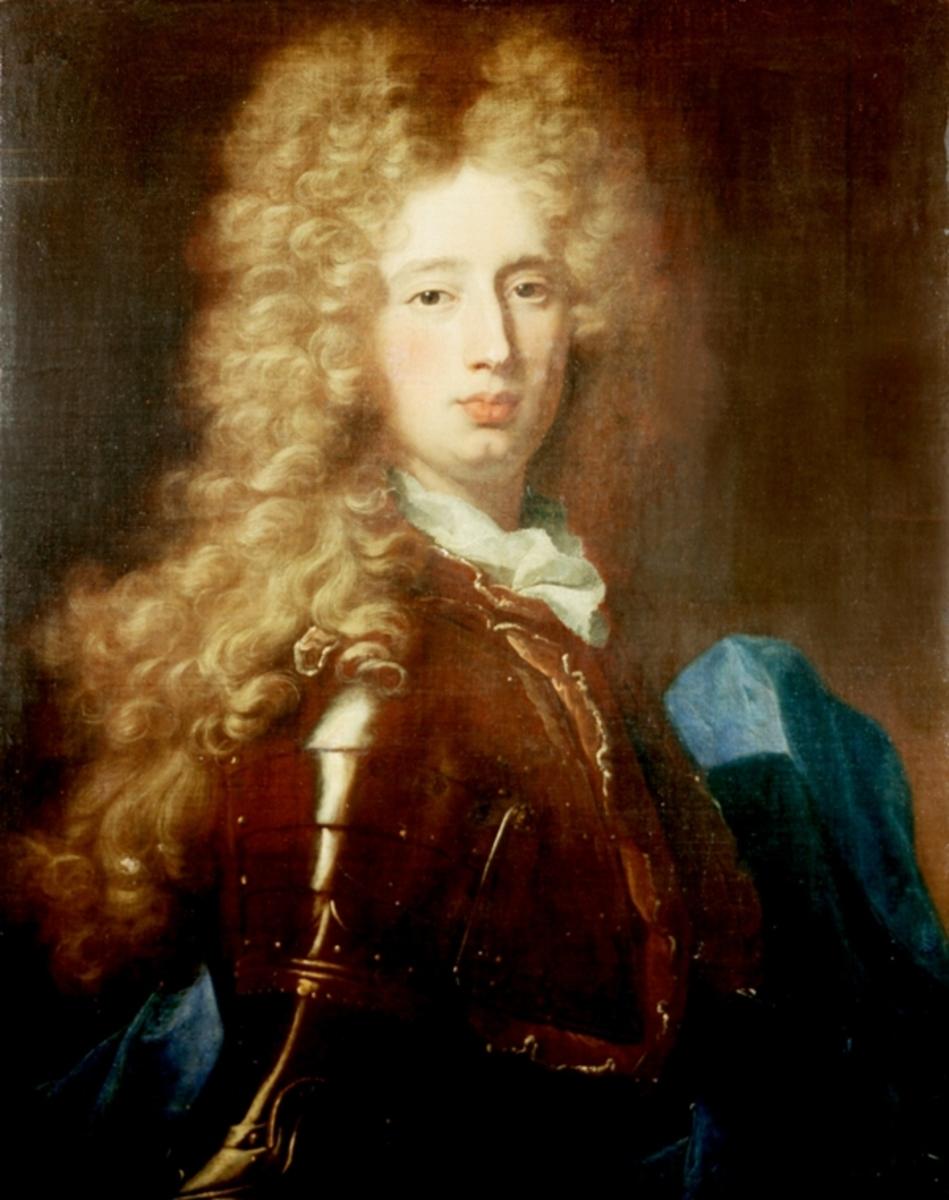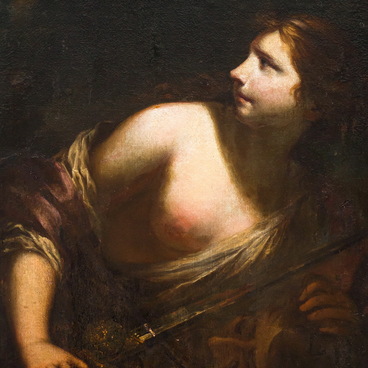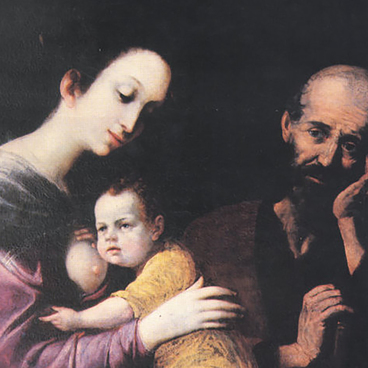Ceremonial portrait painting that featured aristocrats and famous people was one of the main genres of French art in the second half of the 17th century.
The portrait painter Nicolas de Largillière was born in Paris, lived in London and studied in Antwerp. He was inspired by Flemish painting, especially by the work of Anthony van Dyck and Peter Paul Rubens. Largillière gained fame at the English court of Charles II and James II, was admitted to the Dutch Guild of St. Luke, and became an honorary member of the French Academy, and later — its chancellor.
The “Portrait of Pierre Legrand” by Nicolas de Largillière is famous not only for the skill with which it was executed, but also for the personality of the model. For more than 100 years, the painting was called “Portrait of a Young Nobleman”, and only after the restoration a version appeared as to who exactly was depicted in the painting. Pierre Legrand was a legendary character — a dashing captain who robbed Spanish galleons, a seducer and a flirt, a treasure map hunter, a duellist, a favorite of fortune and a pirate from the island of Tortuga in the Caribbean. All his adventures are described in the history book of 1678 “Pirates of America” by Alexandre Exquemelin. However, is it Nicolas de Largillière in the picture?
The young aristocrat in a high wig with long blond curls looks cold and confident. His dark blue cloak picturesquely drapes the armor, and this enlivens the portrait. The hero seems to have turned to the viewer for a moment — he did not stand motionless for several hours so that the artist could paint him. His oval face with plump lips has an haughty expression, and decorations glitter on his new armor. Whoever Pierre Legrand by Nicolas de Largillière was, he was a hero of his time.
Nicolas de Largillière lived to the age of 89 and left numerous portraits and sketches of individuals and groups. After his death, unknown landscapes and still lifes were found, and several self-portraits from different years feature the artist and his family. One of the most unusual works of de Largillière is the “Study of Different Types of Hands”, which depicts 11 hands. The best student of Nicolas de Largillière was Jean-Baptiste Oudry, one of the greatest French animal painters, graphic artists and masters of the Rococo style.
The portrait painter Nicolas de Largillière was born in Paris, lived in London and studied in Antwerp. He was inspired by Flemish painting, especially by the work of Anthony van Dyck and Peter Paul Rubens. Largillière gained fame at the English court of Charles II and James II, was admitted to the Dutch Guild of St. Luke, and became an honorary member of the French Academy, and later — its chancellor.
The “Portrait of Pierre Legrand” by Nicolas de Largillière is famous not only for the skill with which it was executed, but also for the personality of the model. For more than 100 years, the painting was called “Portrait of a Young Nobleman”, and only after the restoration a version appeared as to who exactly was depicted in the painting. Pierre Legrand was a legendary character — a dashing captain who robbed Spanish galleons, a seducer and a flirt, a treasure map hunter, a duellist, a favorite of fortune and a pirate from the island of Tortuga in the Caribbean. All his adventures are described in the history book of 1678 “Pirates of America” by Alexandre Exquemelin. However, is it Nicolas de Largillière in the picture?
The young aristocrat in a high wig with long blond curls looks cold and confident. His dark blue cloak picturesquely drapes the armor, and this enlivens the portrait. The hero seems to have turned to the viewer for a moment — he did not stand motionless for several hours so that the artist could paint him. His oval face with plump lips has an haughty expression, and decorations glitter on his new armor. Whoever Pierre Legrand by Nicolas de Largillière was, he was a hero of his time.
Nicolas de Largillière lived to the age of 89 and left numerous portraits and sketches of individuals and groups. After his death, unknown landscapes and still lifes were found, and several self-portraits from different years feature the artist and his family. One of the most unusual works of de Largillière is the “Study of Different Types of Hands”, which depicts 11 hands. The best student of Nicolas de Largillière was Jean-Baptiste Oudry, one of the greatest French animal painters, graphic artists and masters of the Rococo style.




